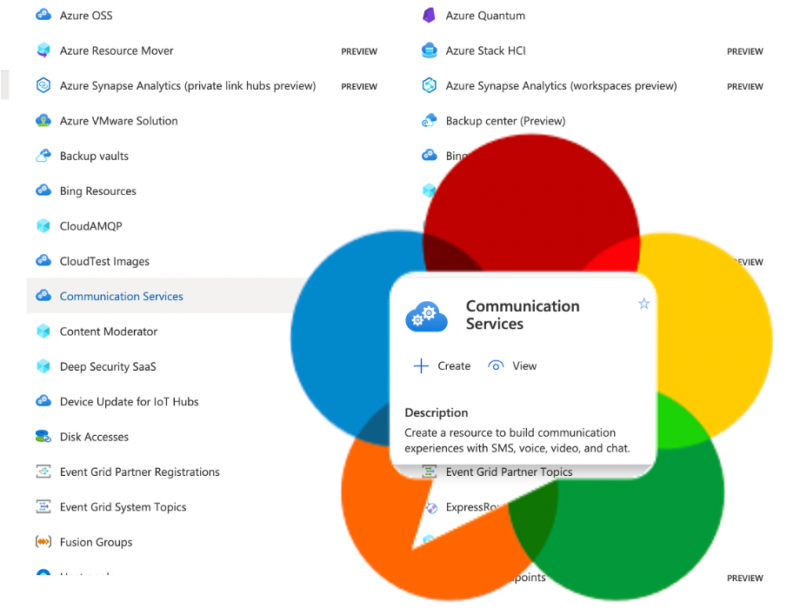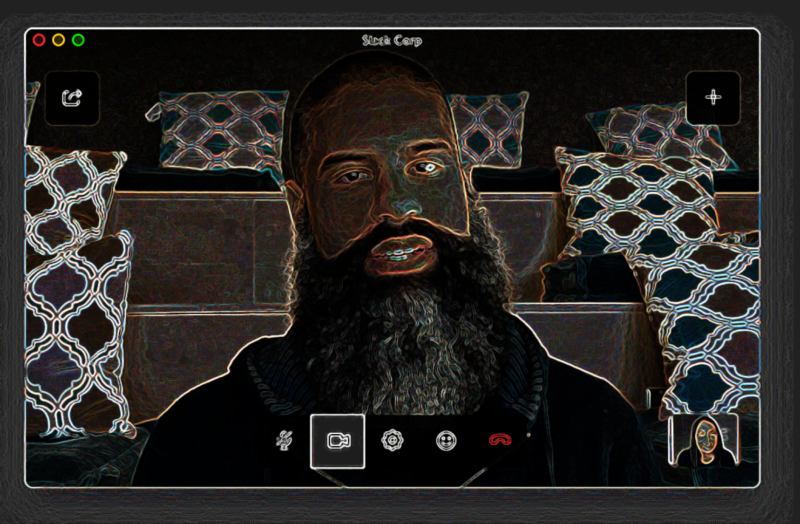Walkthrough and deep analysis of how Azure Communications Service makes use of WebRTC by Gustavo Garcia
Search Results for: Gustavo Garcia
Chrome’s WebRTC VP9 SVC Layer Cake: Sergio Garcia Murillo & Gustavo Garcia
Multi-party calling architectures are a common topic here at webrtcHacks, largely because group calling is widely needed but difficult to implement and understand. Most would agree Scalable Video Coding (SVC) is the most advanced, but the most complex multi-party calling architecture. To help explain how it works we have brought in not one, but two WebRTC video architecture experts. […]
Slack Does WebRTC Video – Here’s How (Gustavo Garcia)
Slack is an über popular and fast growing communications tool that has a ton of integrations with various WebRTC services. Slack acquired a WebRTC company a year ago and launched its own audio conferencing service earlier this year which we analyzed here and here. Earlier this week they launched video. Does this work the same? Are there any […]
WebRTC beyond one-to-one communication (Gustavo Garcia Bernardo)
WebRTC and its peer-to-peer capabilities are great for one-to-one communications. However, when I discuss with customers use cases and services that go beyond one-to-one, namely one-to-many or many-to-many, the question arises: “OK, but what architecture shall I use for this?”. Some service providers want to reuse the multicast support they have in their networks (we […]
coturn: No Time to Die – Q&A with new project leads
New coturn project leads Gustavo Garcia and Pavel Punsky give an update on the popular TURN server project, what’s new in STUN and TURN standards, and the roadmap for the project






